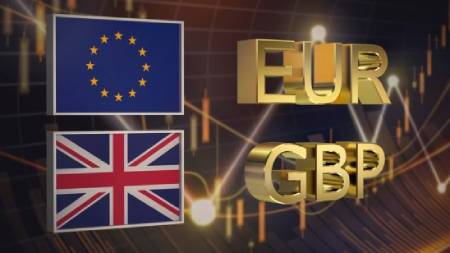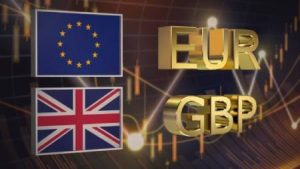The EUR/GBP declined in Wednesday’s session, mainly influenced by the dovish stance from the European Central Bank (ECB) and UK inflation data, which surpassed expectations, boosting the Pound. The UK Office for National Statistics (ONS) ONS has announced a faster growth rate for headline inflation at 0.4%, rebounding from November’s 0.2% contraction. In addition, the yearly headline CPI surged to 4%, outperforming the previous 3.9% and the expected 3.8%. As a reaction, market bets are leaning towards less odds of the Bank of England starting its easing cycle in March, but investors are confident that the bank will still cut by 125 bps in 2024. On the other hand, the ECB Governing Council, led by President Lagarde, sent signals of an early rate cut in summer, reshaping market expectations. However, it emphasized the importance of the number of rate cuts rather than the first cut’s timing or the pace of subsequent reductions. As for now, markets are betting on high odds of a first-rate cut in April and, overall, a total of 150 bps of easing in 2024. In that sense, if the BoE and ECB monetary policies diverge, the cross may face further downsides.
The daily chart suggests that the pair has a strong bearish momentum. The sinking Relative Strength Index (RSI), which is currently in negative territory along with a negative slope, illustrates continual seller influence on the pair. Furthermore, the Moving Average Convergence Divergence (MACD) manifests itself as rising red bars, indicating that the selling pressure is building. Moreover, the pair’s position in relevance to the Simple Moving Averages (SMAs) amplifies this bearish sentiment. Struggling under the pressure of 20, 100, and 200-day SMAs, the pair is desperately crying out for a guiding hand from the buyers. This, however, seems unlikely due to the continued dominance of the bears on a broader scale, as reflected in the daily chart analysis.




